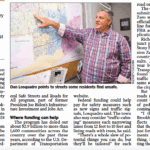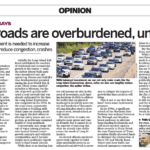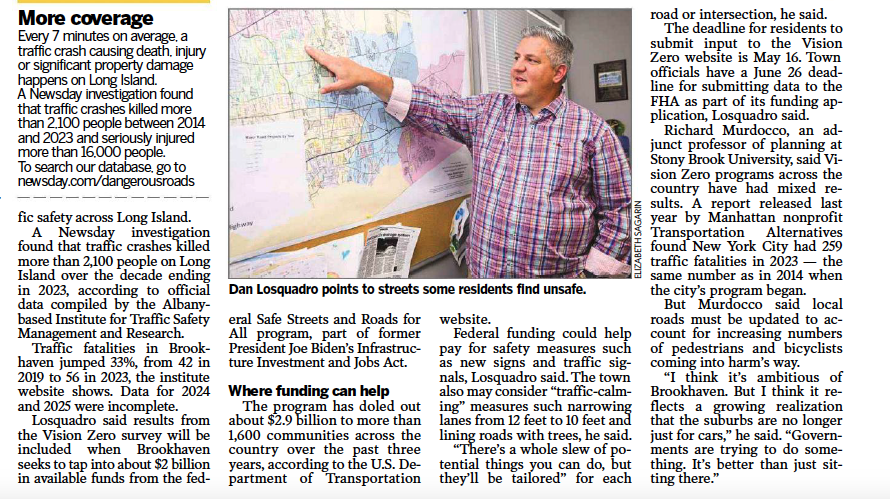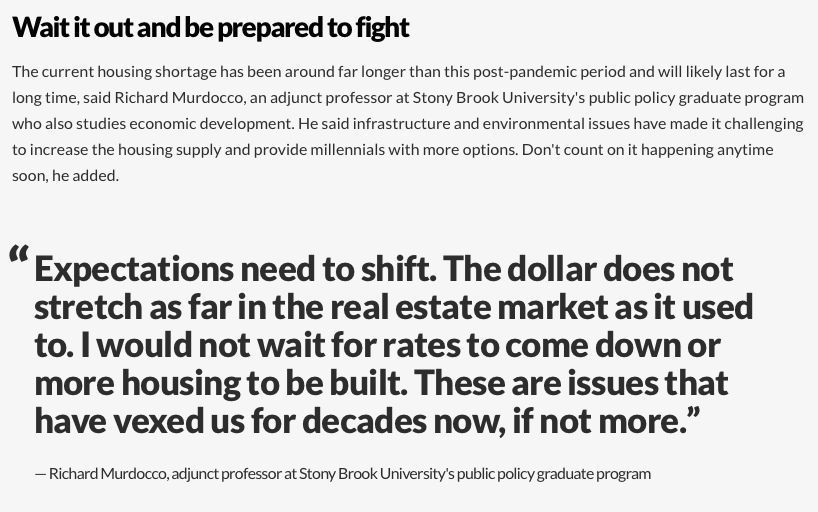The American suburb is dead. There would be a memorial service, but it seems like these days few writers, planners or millennials would attend it. Besides, with the rate the “brain drain” is going, there will soon be nobody to attend the event. Why mourn the loss when suburban living is rather passé anyway, right?
Wrong.
The general thought in planning circles is that the suburb represents an archaic model that is excessive, wasteful and decadent. Suburbanites are crude – they lack the refinement and culture of their urban counterparts – and focus instead on their white picket fences, gas-guzzling SUVs and shouting NIMBY rants at every given chance. The typical suburbanite doesn’t know what’s best for themselves. Suburbanites are too busy expanding their McMansions, stopping the proliferation of bike lanes and keeping property taxes high.
This line of thinking is just as outdated as the land-use policies that spawned the sprawling suburban expansion to begin with. Ivory tower pseudo-planners that are dominating our regional conversation on how we should develop and grow aren’t following sound planning principles, but rather, following stakeholder whims. To this group, the solution to Long Island’s snowballing woe is density, more density and, wait for it, even more density. The problem is that instead of creating clustered, truly walkable growth paired with a diversified economy, the end product of this philosophy is higher density sprawl – a fate worse than the original suburban model so often chided.
The unspoken truth concerning Long Island’s real estate market and development scene is that developers (like any other smart business) sway whichever way the winds of the market blow. Thanks to a potent combination of increased costs of land, the foreclosure crisis and dwindling open space there has been a fundamental shift in the last decade from the single-family home model that has sustained the industry for decades to multi-family units. Isn’t it interesting how just a few years before multi-family development was nearly non-existent? That’s because single-family homes were still being built successfully. When that market dried out, developers needed to adapt their model to fit the changing times.
The push for multi-family growth on Long Island is not because we need to “plug the brain drain,” or a sudden fondness for smart growth and sustainable, walkable living, but rather to adjust for market and government realities within the development industry in Nassau and Suffolk counties. In today’s market, it’s easier to get financing for a multi-family, walkable development downtown opposed to the traditional single-family unit subdivision.
Many who push for more density seem to forget Long Island’s rich heritage consisting of progressive suburban land-use tools and even more progressive regional planning efforts. The efforts of the Long Island Regional Planning Board, the predecessor to the current (and much smaller in impact) Long Island Regional Planning Council, helped set national land-use precedents in the areas of open space preservation, groundwater protection and environmentally sound subdivision design. Many of the most beloved aspects of Long Island were set in place during the suburban boom years. Preservation efforts were ramped up to prevent over-development. It is important to remember that these progressive efforts co-existed (and were bred out of necessity) with the traditional suburban model of growth. It seems like this philosophy is becoming more lost as the economy worsens. This innovation helped Long Island not only become an attainable suburb, but stave off the decay felt by so many other suburban areas for decades.
What we’re now left with is a region that is trying to build its way out of a deep recession, and in the process losing sight of what made Long Island unique to begin with. By basing our land-use policies on half-hearted assertions and assumptions instead of following sound planning principles and data, we’re limiting our economic potential. Suburbia on Long Island isn’t dead, its potential is being kept back by poor planning.
Instead of embracing buzzwords and building our way out, let’s once again light the way for other areas with similar struggles. Let’s show the world that suburbia isn’t dead, but rather, very much alive and well.












